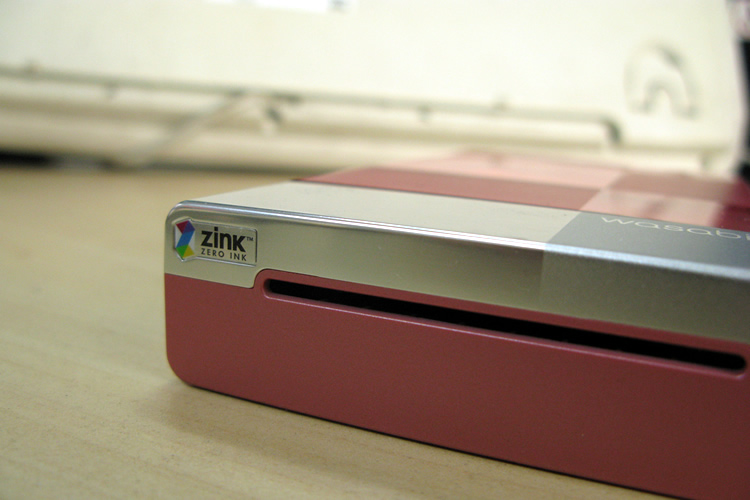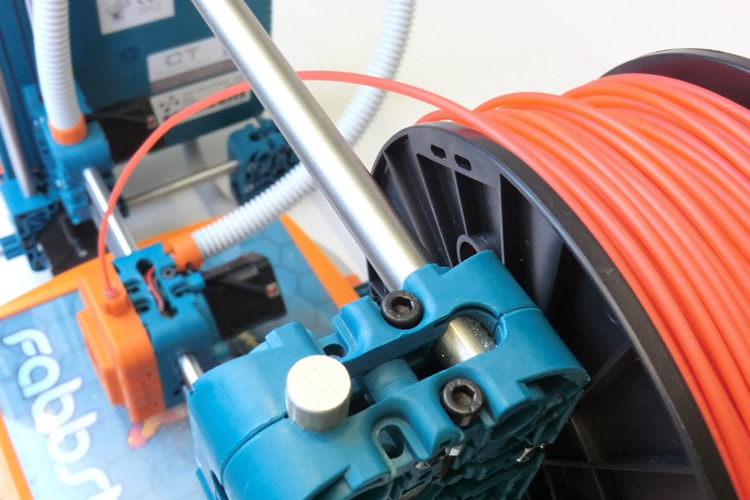The Future of Printing
Printing has been a time-honored tradition, extending to engraving, etching and recently, lithography. However, as most aspects of our lives are being digitized, printing is also moving into the age of technology with digital printing.
Over half of contemporary print professionals say that adding digital infrastructure is one of their top priorities over the next 3 years. There are several advantages that digital printing has over traditional lithographic printing methods. Alex Hepgurn, who’s an Engineer at Cartridge Ink, tells us about some benefits.
- Reduced costs – There can up to 30% decrease in client costs.
- Increased profits – Over 70% of print professionals report increased profits after migration.
- Customer approval – 60% of print professionals report improvement in customer satisfaction, retention and acquisition.
- Increase in work load – since speeds are bumped op by 50%, the company can take on more work than before.
Besides these advantages, digital printing also has the advantage of being a technologically advanced medium. Thus, there is constant innovation in the field, which in turn helps bring down costs and appeal to niche, hard-to-reach markets. Alex further talks about some recent research/development and future of printing. One of the more interesting developments of this field is inkless printing.
What Is Inkless Printing?

photo by bfishadow
The company Zink Imaging has developed a way to print pictures without ink. The company states that their objective was to make ultra portable printers that can fit on a palm, or can be integrated into portable devices like cell phones and cameras. Imagine being able to go on a photoshoot, and then print out some photos right away.
The process is achieved by using a special paper, which changes color when different temperatures of heat are applied. This special paper will have to be bought, of course. It is expected to be priced at around 20-25 cents.
Is This A New Technology?
The technology isn’t entirely new. Thermal printing has been around for a while now. Kodak’s Easy Share Camera and Printer have this technology, as do other products in the market. Zink has based its innovation on this, and developed it further. The paper is embedded with dye crystals that are clear at room temperature.
The color is brought out by thermal print-heads that have been programmed to bring out specific colors in the crystals themselves. The crystals achieve color by changing into amorphous glass upon heat application.
The Future Of Printing Without Ink
Thermal printers give out a better product and are much more functional than the printers we use today. It makes a lot of sense for a business to shift to these as they enable lower costs across the board – from maintenance to the actual printing itself.
Firstly, the need for ink is done away with, so that is one less item to pay for. Other consumables like ribbons and cartridges are also done away with, so even more money can be saved. Thermal printers do not have any moving part that makes them more durable and more reliable. This also means that maintenance is also low, as few things can go wrong.
On top of that, thermal printers are faster than traditional printers, meaning that more work can be done in the same amount of time. Thermal print heads are capable of creating images in milliseconds, and the ink dries quickly as well. The resultant images have much better quality than traditional printers as well.
They are more durable as well, as they are more weather-resistant. Also, since the images are inkless, there is no chance of smudging. With so many advantages, we are more than likely to be looking at the future of printing, as we know it.
Besides Zink’s technology, another new innovation has taken center stage in the printing world – 3D printing. 3D printing has been extremely well received, despite the relatively high costs of the printers themselves.
What Is 3D Printing?

photo by Creative Tools
As you probably already know, 3D printing allows users to create three dimensional models or objects by inputting electronic data. It is done through either additive processes or subtractive process. In additive process, successive layers of materials are laid down on top of each other to make a model.
In subtractive process, eroding away the excess parts shapes a lump of material. The technology was made accessible to consumers in 2005 through the RepRap and FabHome projects.
Is The Technology This Limited?
No. These are the first open-source projects. They have spawned a number of spinoffs, and there are even several Kickstarter campaigns that are trying to crowd-fund their innovations. There are also several service providers that print out 3D models for consumers for lower costs, which circumvent the need for consumers to buy their own individual printers, which have price tags of above $400.
How Does One Print A 3D Model?
To print a 3D model, one needs to have access to 3D modeling tools like Rhino, Blender or SketchUp. There are databases available online as well, which gives you access to a wide variety of shapes and models which are in popular demand.
How Is This Revolutionizing The World?
This is a new revolution in consumer technology, and if used correctly, is poised to threaten many major industries. Small items like measuring cups and spoons could simply be printed out. Plastic toys need not be bought any more, just download the appropriate data and print out your own.
Hobbyists have responded very enthusiastically to 3D printing, and there is already a huge market that has been using this technology extensively. Of course, the field is a tad limited because of the limit on the variety of materials that can be used. Future innovations should be looking into building printers that can deal with, mold and erase a wider variety of material.
Many artists have embraced this technology whole-heartedly. However, there is a debate that has been raging about the ethical repercussions of this technology. It started when the first 3D gun was printed. The model worked but you could only fire one shot.
As we move forward towards a new age where consumers have more control over what is produced, 3D printing looks like it is going to have a major impact on the way the situation turns out.
